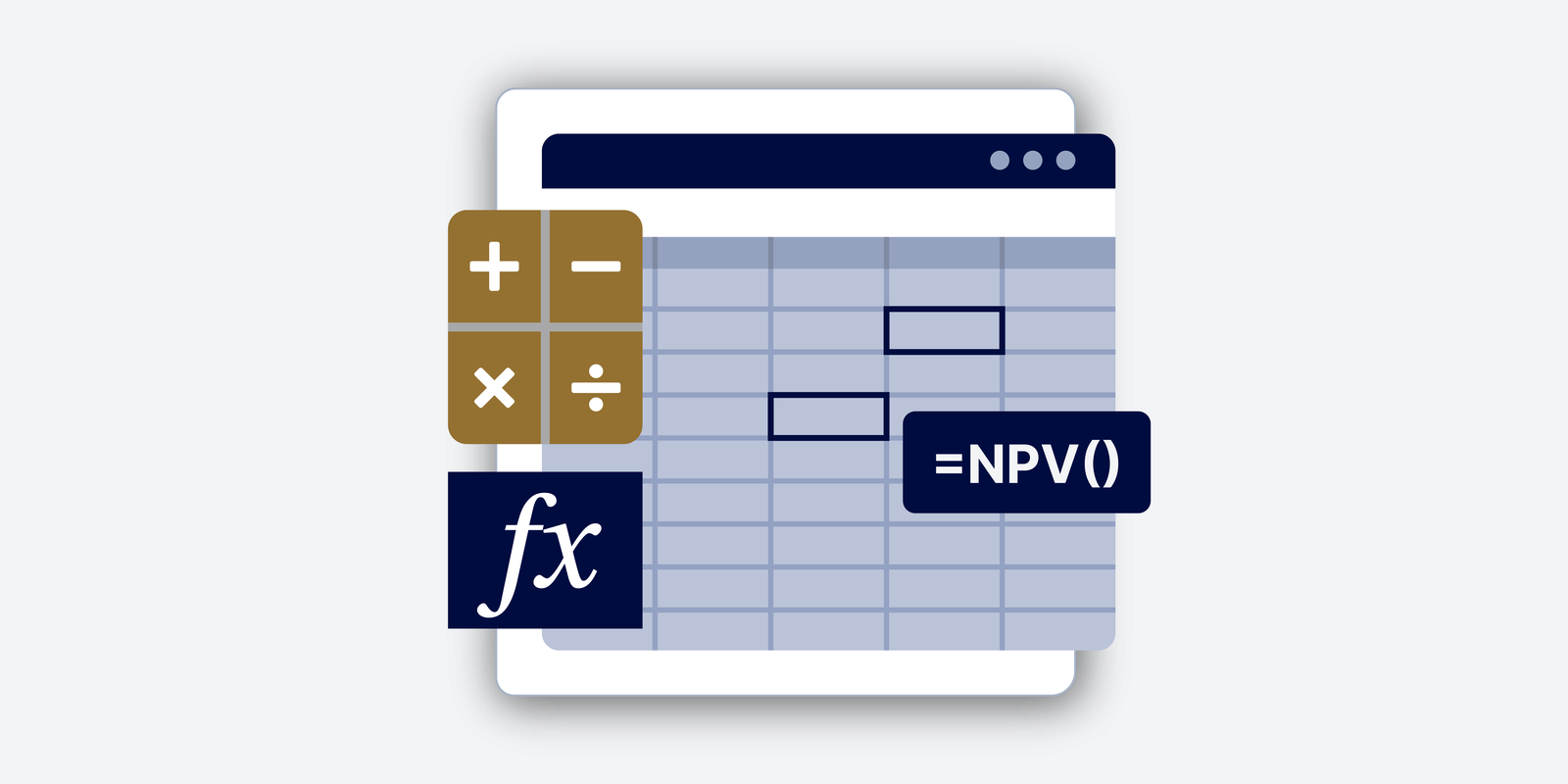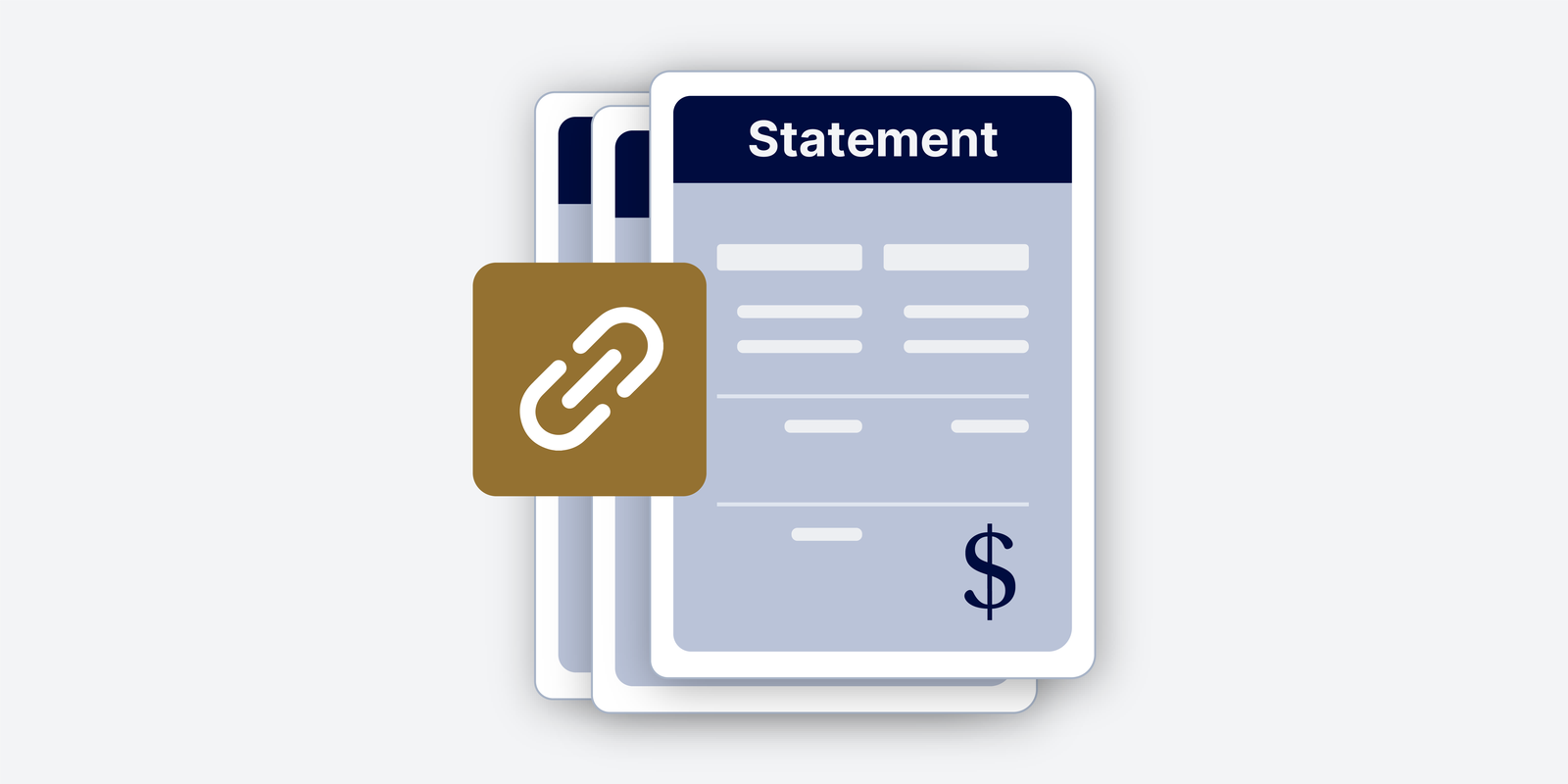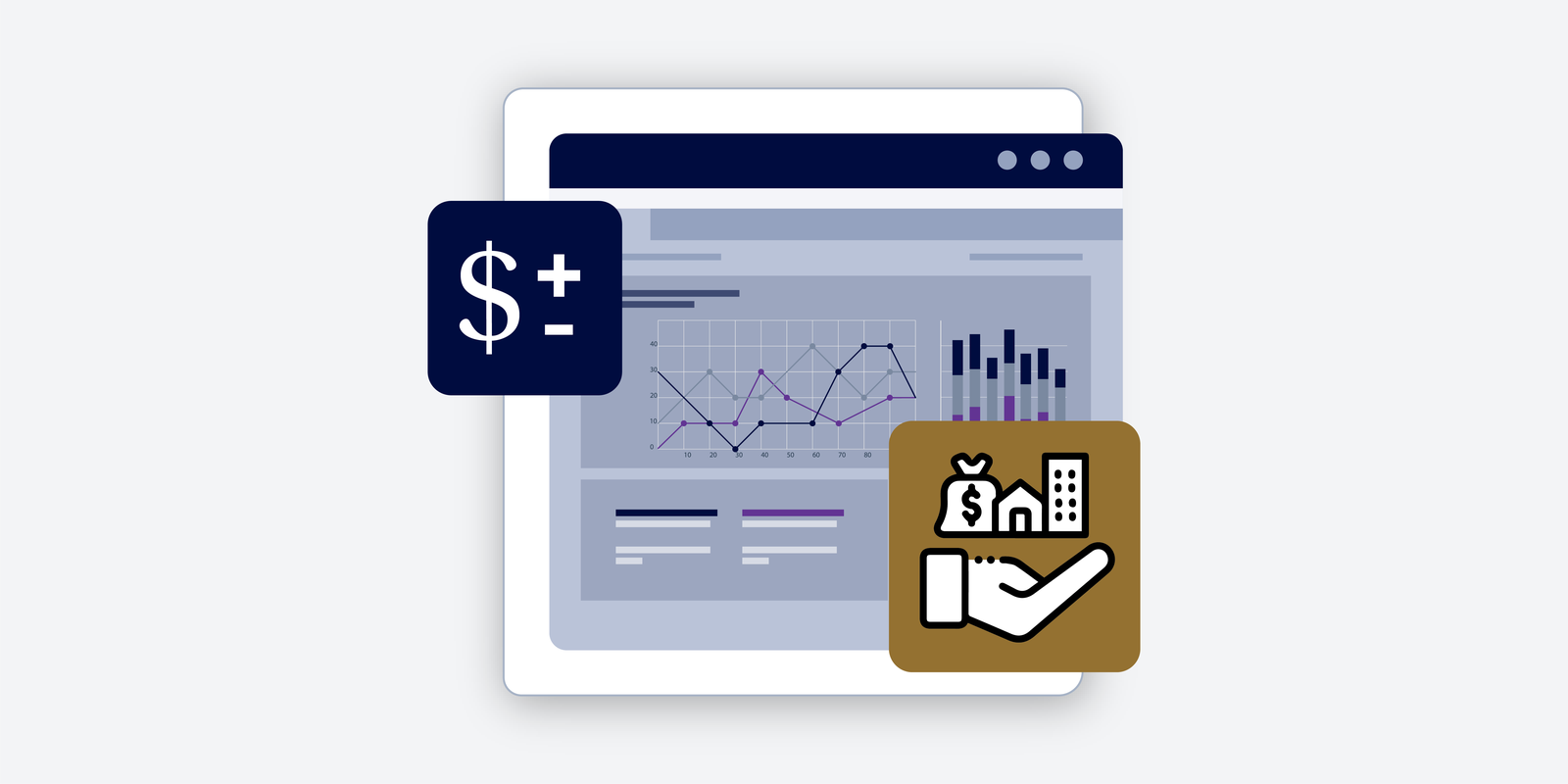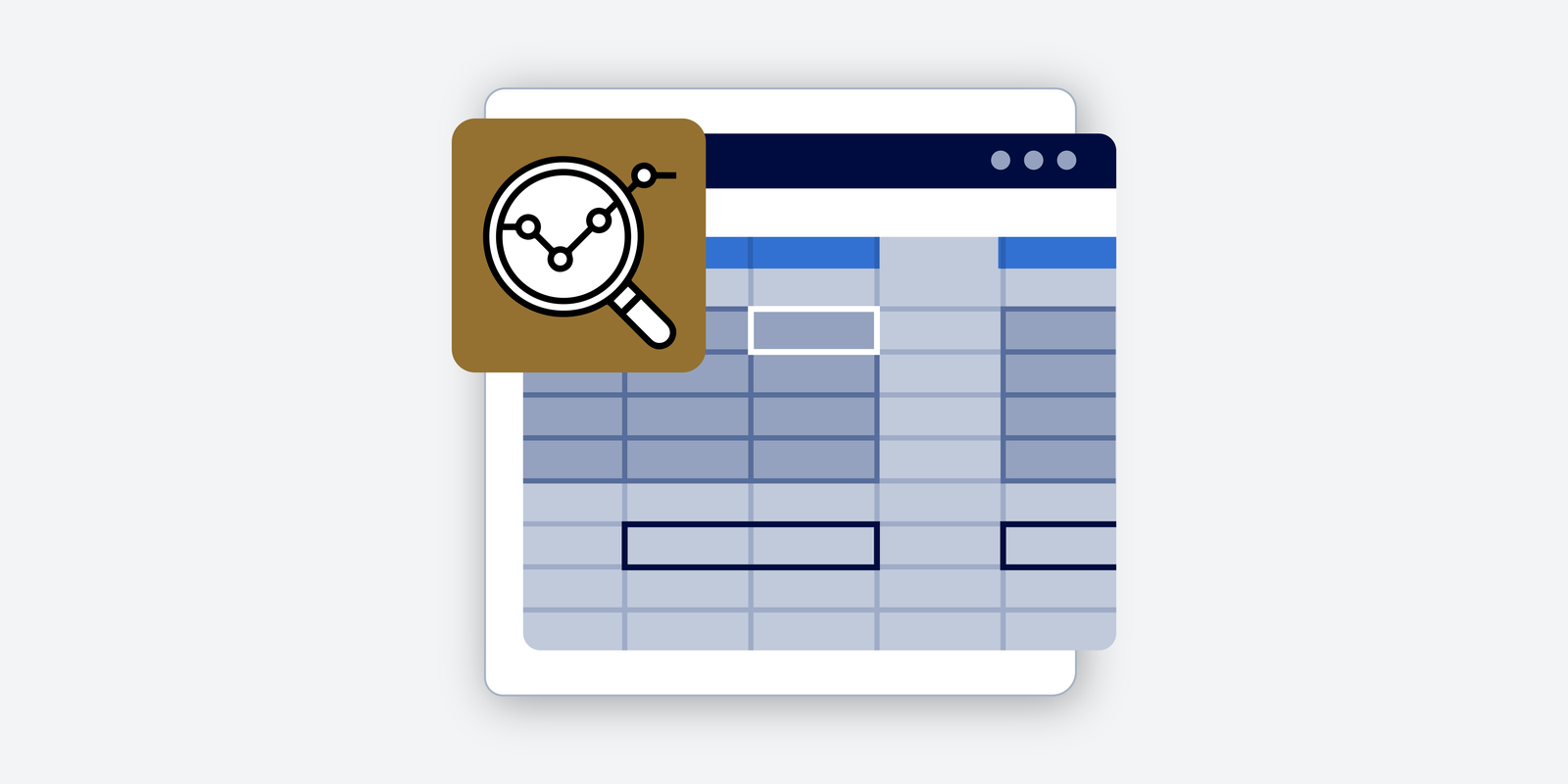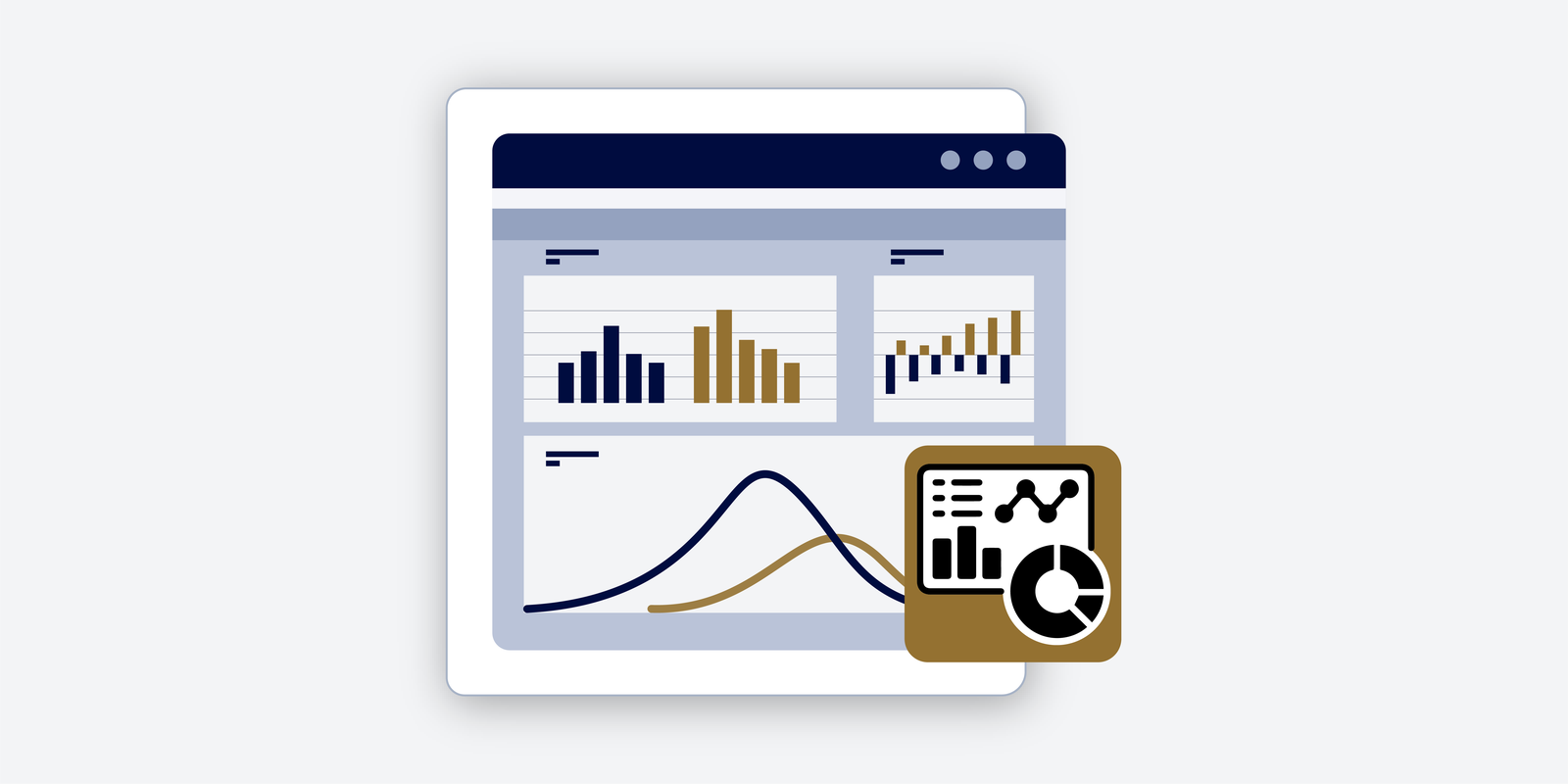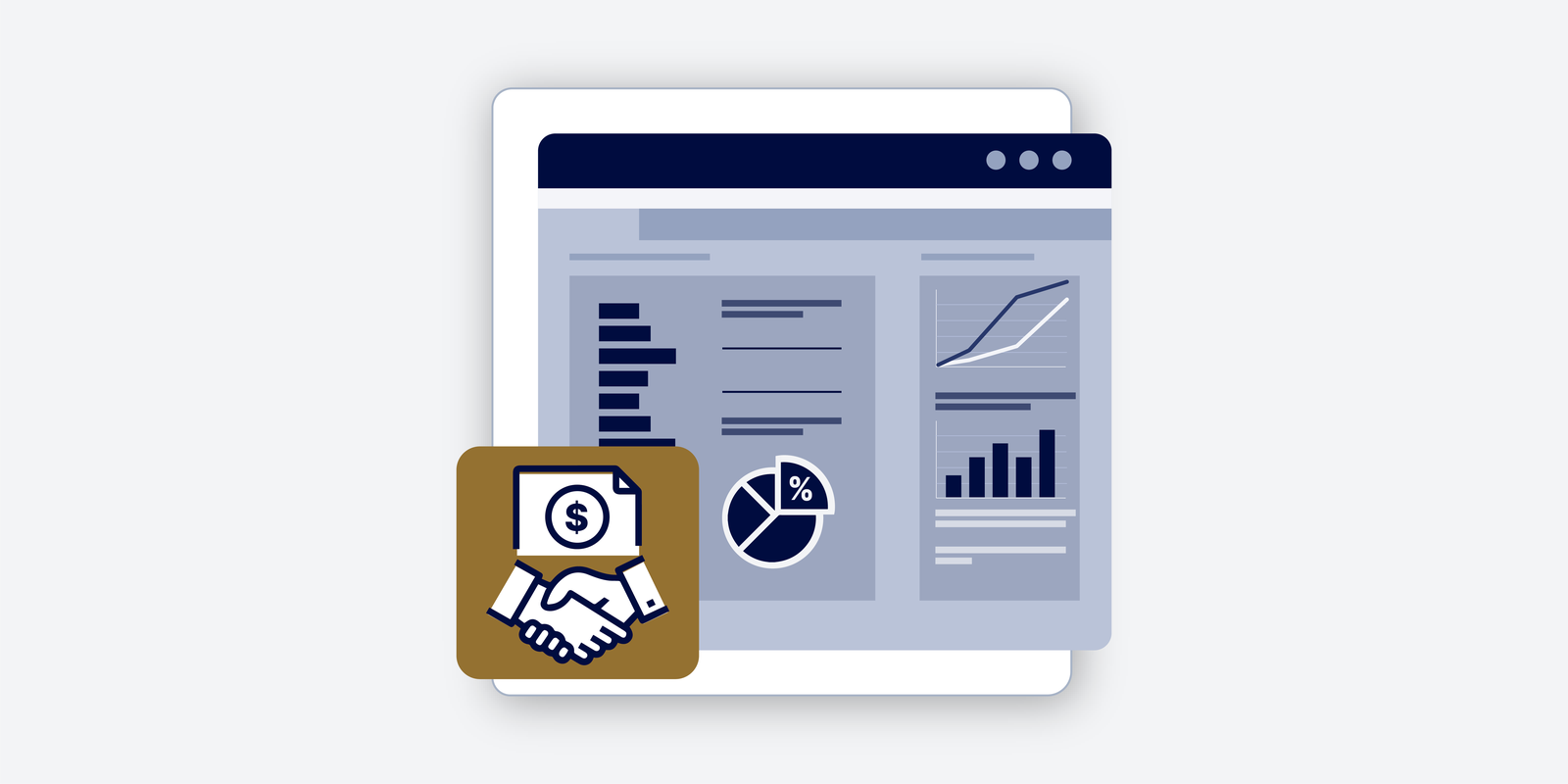Corporate Finance Explained | Scenario Planning & Sensitivity Analysis in Corporate Finance
In a world of constant change, rising interest rates, inflation, and global disruptions, how do top companies prepare for the unexpected? In this episode of Corporate Finance Explained, we break down scenario planning and sensitivity analysis, the essential tools finance teams use to stay agile, resilient, and ready for anything.
Learn how Airbnb, Starbucks, Delta Airlines, and Unilever use these strategies to thrive despite uncertainty, from pandemic disruptions to geopolitical shifts.
Transcript
It feels like every day in corporate finance, there’s a new curve ball coming at you. Inflation one day, interest rate hikes the next. And then– Oh, tell me about it. You never quite know what supply chains are gonna do, let alone what’s happening around the world with geopolitics and everything. Absolutely. Makes you wonder how anyone plans for the future at all these days. Well, and I think that’s exactly the point, right? I mean, the best finance teams, they’re not focused on getting a perfect prediction. They’re more focused on being ready. For anything. For anything, exactly. And that’s where I think these tools, scenario planning and sensitivity analysis really come into play. Okay, so let’s break those down a little bit. Scenario planning for folks who may be familiar, maybe not, it’s really exploring those what ifs. So imagine you’re modeling a big drop in sales or I don’t know, maybe interest rates just go through the roof. How does that then flow through your entire financial picture? Exactly, exactly. And so you’re looking at, like you said, what are the crossable futures? And how do we get ready for them? Right. And then on the sensitivity analysis side, it’s really focusing in on one variable and saying, okay, so how much does our EBIT to actually move if the price of this raw material goes up by 10%? Okay, so one is a combination, one is a little more focused. Exactly. Got it, okay. And I think where these get really interesting is using them together because then you can really stress test those decisions, you can communicate risks really clearly to leadership and you end up with a much more robust planning. And I think we’ve seen how important that is, right? And like even in recent history, Oh yeah. Like with COVID, right? I mean, all those baseline forecasts, they went out the window. Just like that. Immediately. And so it really highlighted that you gotta be ready for those big changes. Yeah, and that is the perfect example, right? Nobody, I mean, I remember talking to people and nobody knew what was gonna happen. Nobody knew. At all. And that’s why scenario planning is so crucial. Look at a company like Airbnb, travel basically stopped overnight. Oh yeah. But their finance team, they didn’t just sit around. Name. They modeled some pretty severe drops in demand. And what they did that was really smart, was they didn’t just say, oh, revenue’s going down. They looked at, okay, what are the pieces that are driving that? How long are travel bans gonna last? What type of travel is most affected? Interesting. Is it business? Is it leisure? And then how quickly could different regions recover?
(…)
So that let them make like much more targeted decisions. So it’s almost like they’re taking those big assumptions and breaking them down into smaller. Yeah, smaller pieces. Okay, very cool. So then, I mean, they had those models in place so they could move quickly, cut costs, paused marketing, and I think, crucially, secured more funding really quickly. And I think that was the key for them, right? Like they took those actions based on the scenarios they had run,
(…)
and they not only survived, but they thrived coming out of it. Yeah, the IPO after all that, that was– Oh, was huge. Huge, yeah. And it shows, right, the value of having those what-if scenarios ready to go. Totally, it really made scenario planning like a core part of a strategic finance function, which I think is– Absolutely. Yeah, it’s really changed the game. Yeah, so if you’re in FP&A today, you can’t just do those standard best case, base case, worst case. Not anymore. That’s not gonna cut it. Nope. So what are you seeing, what are some of those expectations for FP&A teams today? Well, they’re being asked to be a lot more strategic, so it’s not just about giving the numbers, it’s about modeling those downside risks.
(…)
What if revenue shrinks because competition eats up? Or what if your supply chain costs spike unexpectedly? Makes sense, and it can’t just be about the bad stuff either, right? For sure. Gotta think about the good stuff too. Absolutely, what if a new market explodes? What if a product takes off way faster than you thought? I mean, those scenarios, they can really drive growth. Totally, so to do this right, you’re saying FP&A needs to work hand in hand with? Oh yeah, big time. Sales, marketing, operations. You gotta understand those business drivers, right? Because you’re painting a picture of the future, right? Absolutely. Absolutely, these different. And FP&A becomes a storyteller almost. Yeah. Using their models. Oh, I like that. To help leadership navigate all this uncertainty. Okay, so how do finance teams actually do this? What are the tools, the techniques they’re using? Well, one of the big ones is driver-grace models. So instead of just saying, okay, revenue’s gonna grow by X%.
(…)
You’re actually tying it to what’s happening in the business.
(…)
How much does it cost to get a new customer? What’s the average order value? So it’s much more grounded. Okay, and then building on that, rolling forecasts, I imagine that’s a big way. Oh yeah, huge. Instead of just having a static budget, you’re constantly updating the outlook every quarter, maybe even more often. So it’s a living, breathing thing, really. It is, and then to really help people understand these scenarios, dynamic dashboards are amazing.
(…)
Okay, what are those? So they’re interactive tools that let people play with the models. Oh, cool. Change the inputs. I see it. And see what happens. It makes it much more engaging. So you can really get in there and see how things move around. Exactly. And then for folks who wanna get even more sophisticated, I’ve heard, you know, Monte Carlo simulations. Oh yeah, those are really cool. Yeah. Basically, instead of just looking at a few scenarios, you run thousands of simulations. Oh wow. But the key assumptions are changing randomly. It’s like rolling a dice a bunch of times. Instead of just predicting one outcome. So you see all those possibilities. Yeah, you get a much better sense of the risks. Okay, and then, you know, we talked about sensitivity analysis. So when you’re trying to visualize that, are there any like charts or visuals that are particularly useful? Torito charts are great for that. They show you which inputs have the biggest impact. I see. On your key numbers. Okay, so you can immediately see what really matters. Exactly. That’s cool. And then, you know, while Excel is still king, I guess, there are all those add-ins and platforms. You got Power BI, Tableau, those are great for visualization. Okay. And then there’s, you know, platform and similar tools that can really streamline the whole scenario planning process.
(…)
Okay, so we’ve talked theory, we’ve talked tools, but what about some real-world examples of companies using this stuff? Right, right, so we talked about Airbnb. But let’s look at Starbucks. Okay. And how they dealt with inflation. Yeah, that’s been top of mind for a lot of folks. Oh yeah, so what their FP&A team did, they didn’t just assume all costs would rise the same. They worked with their supply chain and operations teams to model different inflation levels for specific things like the beans, the milk, the labor, logistics, all of it. Oh wow, so they really got granular with it. They did, and that’s what’s key, right? Because it lets them tailor their response in a much more nuanced way. Interesting. So by building those scenarios, they could see the impact on their margins and adjust their prices, their promotions, even the store hours. And that let them stay profitable, I imagine. Oh yeah, much more so than some of their competitors. Who maybe weren’t as prepared. Exactly. Yeah, it shows that being proactive really can make a difference. It really can. Now, switching gears a bit. Yeah. Let’s talk about sensitivity analysis and capital planning. Okay. If you’re looking at a big investment, you gotta understand how sensitive your IRR and NPV are to changes in your assumptions. Like what happens to your IRR if your CAPEX is 10% higher than you thought, or if tax rates change, or even just your discount rate. Small changes can make a big difference. So that’s why sensitivity analysis is crucial. It is, it’s a core part of capital budgeting, debt planning, M&A, cost optimization, the whole nine yards. Okay, so for finance teams who really wanna get good at this stuff, both scenario planning and sensitivity analysis. Right.
(…)
Any best practices they should keep in mind? Yeah, a few key ones. First, make sure your scenarios are actually relevant. Okay. Don’t just build models for the sake of it. They should be tied to the decisions your company’s facing. Makes sense. And then you gotta quantify the risks. What’s the potential hit to EBITDA? How much runway do you have? Right, put some numbers on it. Exactly, and don’t just trust your gut. Pressure test your assumptions. Oh, good point. Talk to other departments, look at external data, make sure it’s solid. And when it comes to communicating all this, especially to leadership, how do you make it land? Keep it clear, concise, focus on the key takeaways, and document your models well. If people don’t understand them, they’re not gonna trust them. Right, right. And finally, don’t let perfect be the enemy of good. I like that. A simple model that’s used is better than a complex one that sits on a shelf. Absolutely.
(…)
Now, thinking about some more examples, Delta Airlines, they used scenario planning to manage fuel prices, which for airlines is a huge expense. Oh, yeah. So they model different price scenarios, and then they use that to inform their hedging strategies. Makes sense. And how they adjust their routes and pricing. So they’re ready for whatever happens with fuel. They are, it’s a great example of proactive risk management. And then there’s Unilever operating in all those– Emerging markets, yeah. Emerging markets, that’s gotta be– That was a whole other ballgame. Whole other ballgame. With currency fluctuations and political instability. They actually use geopolitical scenario models.
(…)
To understand those risks. Okay. And build in buffers for their financials and logistics. So they can keep operating no matter what. Exactly, it shows how scenario planning isn’t just about money. It’s about resilience across the whole business. So I think the big takeaway here, right, is uncertainty is the new normal. It is. It’s not going away. And that’s why these tools are so important. They’re not just technical things, they’re leadership tools. They help companies be more resilient, more agile, and ready for anything. And that brings us to a really important question for you, the listener, how are you using scenario planning and sensitivity analysis in your own work? What are the biggest uncertainties your company is facing? And how could you start building models to explore those possibilities? Something to think about. It is, it’s really a key part of being a successful finance professional today. Couldn’t agree more. Yeah. Well, great conversation today. Yeah, this was fun. Always a pleasure. Likewise. Thanks for joining us on the Deep Dive. Anytime.
